GENERAL DATA
Plant Parts: Leaves, Seeds, Flowers, Essential oil, Hydrosol
Cultivation mode: Wild collection/Cultivated
In manufacturing: Pharmaceutical, Cosmetics, Essential oil, Perfumery, Food, Spices, Creams, Shampoos, Lotions, Cleansing milk, Aromatherapy, Facial masks, Soft drinks, Alcoholic drinks
In food: Pickles, Salad seasoning, Soups, Pottage, Drinks, Breads
🌿 Industries That Use Tarragon (Artemisia dracunculus L.)
Tarragon, also known as “estragon”, is a perennial aromatic herb in the Asteraceae family, native to Eurasia and widely cultivated in Europe, Iran, and North America. Known for its licorice-like flavor, Tarragon is valued across food, traditional medicine, perfumery, and wellness sectors.
It contains essential oils like estragole and methyl eugenol, along with flavonoids and coumarins.
1. Food & Culinary Industry
Tarragon is a cherished culinary herb, especially in French, Persian, Russian, and Central Asian cuisines.
Common Applications:
-
As a seasoning for poultry, fish, sauces, and vinaigrettes
-
A key herb in French “Fines Herbes” blends
-
Used in Tarragon vinegar, mustards, and infused oils
-
In Iran, used in pickles (torshi) and salad dressings
✅ Available as: fresh leaves, dried herb, oil extract, and flavored vinegar
2. Herbal & Traditional Medicine Industry
Estragon has a long history in folk medicine systems, particularly in Iranian Traditional Medicine (ITM) and Russian herbalism.
Traditional Uses:
-
Digestive stimulant (used to relieve bloating and flatulence)
-
Appetite enhancer in decoctions or teas
-
Mild sedative and calming agent
-
Antimicrobial and antioxidant support
✅ Form: tisanes, capsules, essential oil (diluted), tinctures
3. Essential Oil & Aromatherapy Industry
Estragon essential oil is extracted via steam distillation and is used for its fresh, anise-like aroma.
Uses:
-
Aromatherapy for mental clarity and nervous tension
-
Formulated into muscle balms, massage oils, or respiratory blends
-
Natural flavoring agent in some pharmaceutical syrups
⚠️ Note: Tarragon essential oil contains estragole, a compound that must be used in small, regulated doses due to safety concerns in high concentrations.
4. Cosmetic & Personal Care Industry
Estragon’s antimicrobial and soothing properties make it useful in natural skin and oral care products.
Applications:
-
Herbal toothpastes and mouthwashes
-
Anti-bacterial facial mists or sprays
-
Added to soaps and deodorants for its unique, green scent
5. Nutraceutical & Functional Beverage Industry
Modern formulations increasingly include tarragon extracts for digestive health and anti-inflammatory effects.
Applications:
-
Blended into digestive teas, detox beverages, and elixirs
-
Supplements for appetite and digestive toning
-
Sometimes paired with Lemon Balm or Fennel seeds
6. Ethnic & Gourmet Export Market
Estragon is a key export herb for Iranian, Caucasian, and French markets.
Forms Exported:
-
Dried whole leaves and cut herb
-
Essential oil (bulk)
-
Flavored vinegar or extracts
✅ Common in gourmet food chains, herbal shops, and Middle Eastern spice markets
✅ Summary of Key Applications
| Industry | Common Uses |
|---|---|
| Culinary & Food | Herb blends, sauces, fish/poultry seasoning, tarragon vinegar |
| Traditional Medicine | Digestive tonic, appetite stimulant, mild sedative |
| Essential Oil & Aromatherapy | Mental clarity, topical massage blends, aromatic infusions |
| Cosmetic & Personal Care | Mouthwash, soaps, facial toners, deodorants |
| Nutraceutical | Digestive teas, detox blends, appetite-enhancing supplements |
| Export & Gourmet Markets | Dried herb, extract, oil, tarragon-based condiments |
🌱 Key Features of Estragon (Artemisia dracunculus L.)
-
Part Used: Leaves and tender stems
-
Taste/Aroma: Licorice-like, warm, slightly bitter
-
Main Compounds: Estragole, methyl eugenol, coumarins, flavonoids
-
Primary Actions: Carminative, appetite stimulant, nervine, aromatic
-
Harvest Season: Spring through early summer
-
Geographical Availability: Iran, France, Russia, Turkey, Central Asia
HARVEST CALENDAR
Feb
Mar
Apr
May
Jun
Jul
Aug
Sep
Oct
Nov
Dec
To order Estragon tea, please contact us.
About Artemisia Dracunculus
It is an herbaceous plant whose height reaches fifty centimeters. There are two types of it: garden tarragon and plain tarragon. Its stems are firm, straight, reddish green, and their cross section is square. Its leaves are elongated, relatively narrow and pointed, and without petioles, they grow alternately on the stems. The taste of the leaves is spicy, astringent, and slightly sweet. They have a strong and pleasant aroma. The best one is fresh garden tarragon. The flower of this plant is yellow, small, and looks like a hemisphere and grows almost densely along the stems.
It is a stomach tonic and moisture absorbent. It helps to ward off the harm of plague and cholera bacteria which exists on the weather.
Chewing it relieves toothache and freshens the mouth. Also, chewing and keeping it in the mouth cures aphthous ulcer. Chewing its leaves on an empty stomach numbs the mouth and tongue and can be used before taking bitter medicines.
🧾 Nutrition Facts – Dried Tarragon
Botanical Name: Artemisia dracunculus L.
Common Names: Tarragon, Estragon
Plant Part: Aerial parts (Leaves and Stems)
Form: Dried Whole or Crushed Herb
🔬 Estimated Nutritional Composition per 100g (Dried)
| Nutrient | Amount |
|---|---|
| Energy | 295–300 kcal |
| Protein | 22–24 g |
| Total Fat | 7–8 g |
| Saturated Fat | 1.9–2.1 g |
| Carbohydrates | 50–55 g |
| Sugars | 0.5–1 g |
| Dietary Fiber | 7–9 g |
| Ash (Total Minerals) | 12–14 g |
| Moisture | 8–10% |
🌿 Mineral Content (approx.)
| Mineral | Per 100g |
|---|---|
| Calcium (Ca) | 1100–1300 mg |
| Iron (Fe) | 30–33 mg |
| Magnesium (Mg) | 340–370 mg |
| Potassium (K) | 3000–3200 mg |
| Zinc (Zn) | 3.5–4 mg |
| Manganese (Mn) | 7–9 mg |
| Phosphorus (P) | 110–130 mg |
🍊 Vitamin Content (approx.)
| Vitamin | Per 100g |
|---|---|
| Vitamin A (RAE) | 210–230 µg |
| Vitamin C | 50–55 mg |
| Vitamin E (α-TE) | 2.0–2.5 mg |
| Vitamin B6 | 2.0–2.3 mg |
| Folate (B9) | 270–300 µg |
| Niacin (B3) | 8–10 mg |
| Riboflavin (B2) | 1.3–1.5 mg |
| Thiamin (B1) | 0.2–0.3 mg |
| Vitamin K (K1) | 1400–1500 µg |
🟢 Very rich in Vitamin K, Iron, and Potassium – excellent for heart and blood health when used in small quantities.
🧪 Key Phytochemicals
| Compound Group | Examples |
|---|---|
| Flavonoids | Quercetin, luteolin |
| Phenolics | Caffeic acid, chlorogenic acid |
| Essential Oils | Estragole (methyl chavicol), sabinene, ocimene |
| Coumarins | Herniarin, umbelliferone |
⚕️ Traditional & Culinary Uses
| Use | Notes |
|---|---|
| Culinary | Popular in French cuisine (e.g., Béarnaise sauce), pickles, herbal vinegar |
| Medicinal (Herbal) | Mild digestive aid, appetite stimulant, menstrual regulator, mild antimicrobial |
| Aromatherapy | Leaves have aromatic, calming scent |
📦 Storage & Shelf Life
-
Packaging: Keep in airtight containers, away from direct light and moisture
-
Shelf Life: Up to 2 years when properly stored
To order dried Tarragon tea, please contact us.
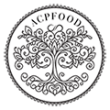


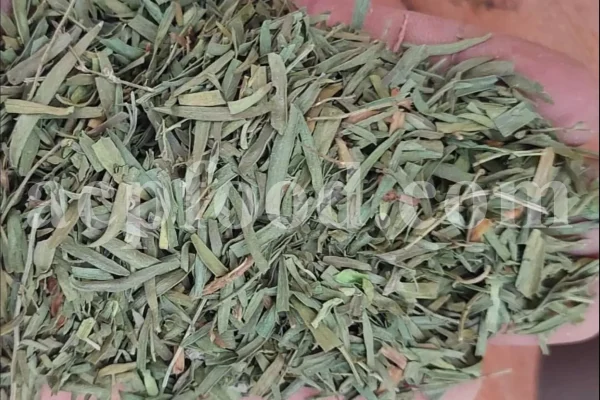

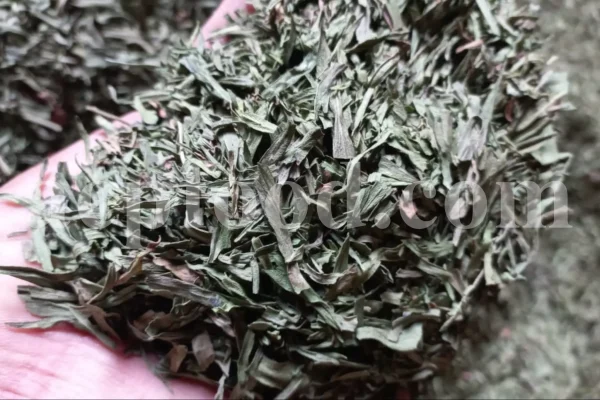
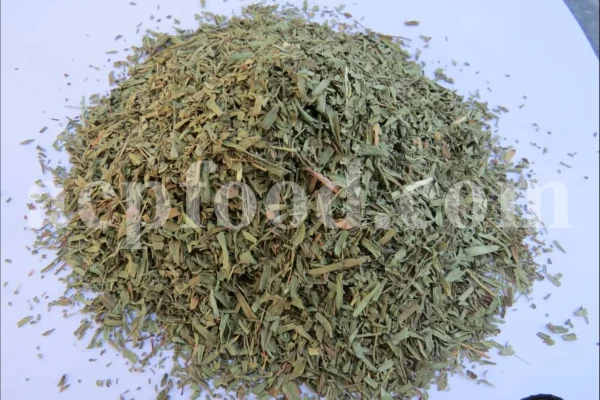

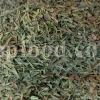
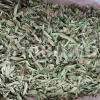
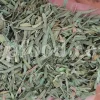
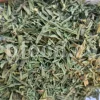
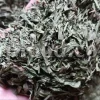
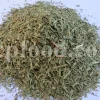







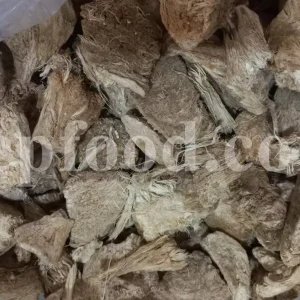
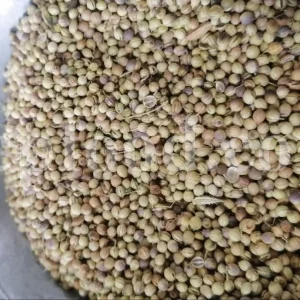
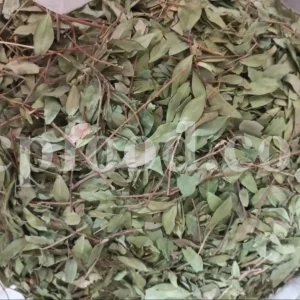
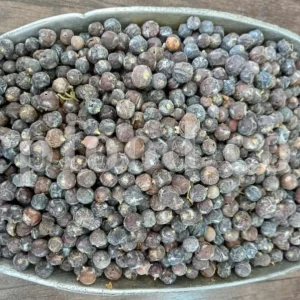
Reviews
There are no reviews yet.